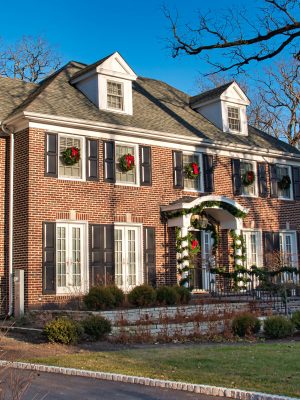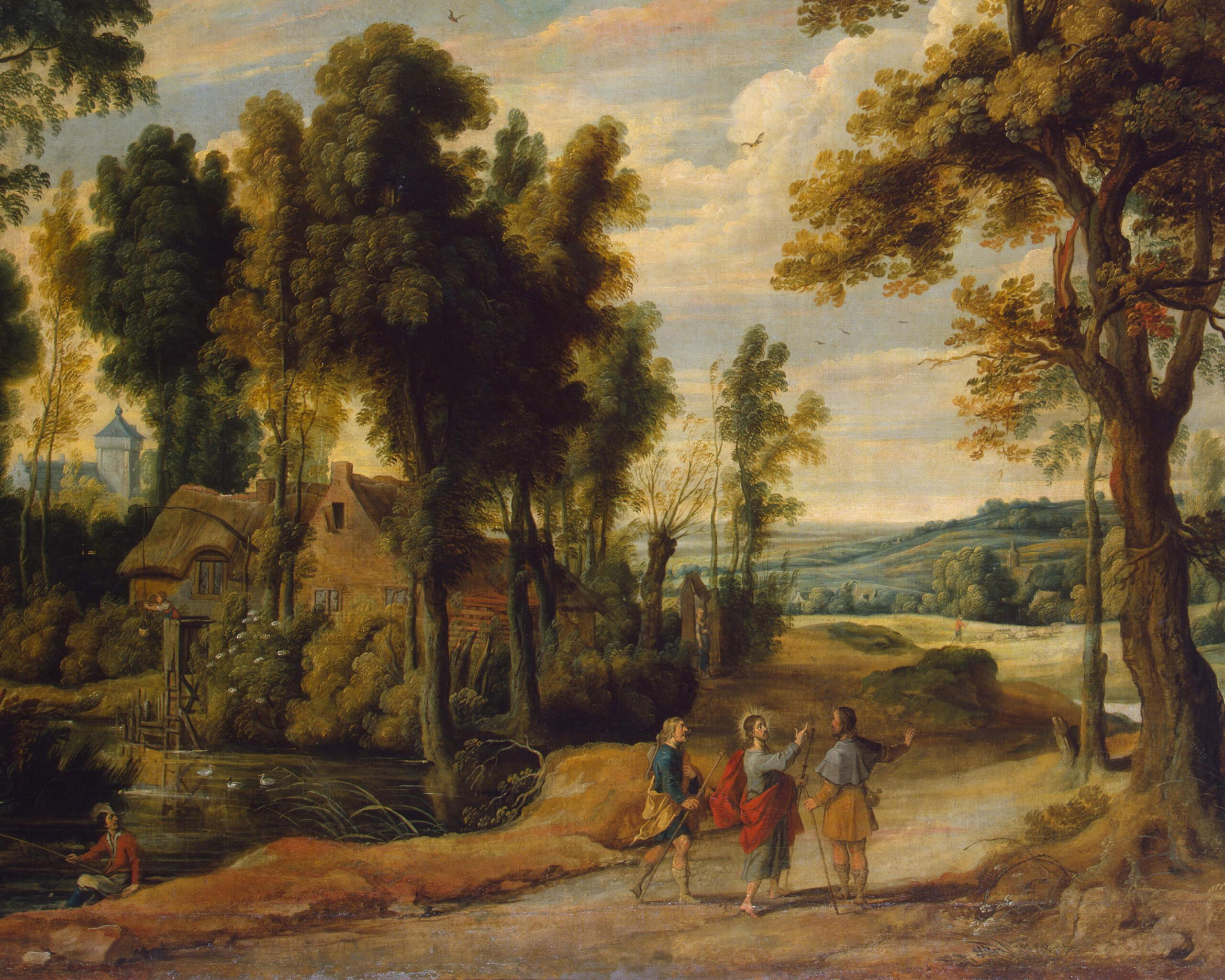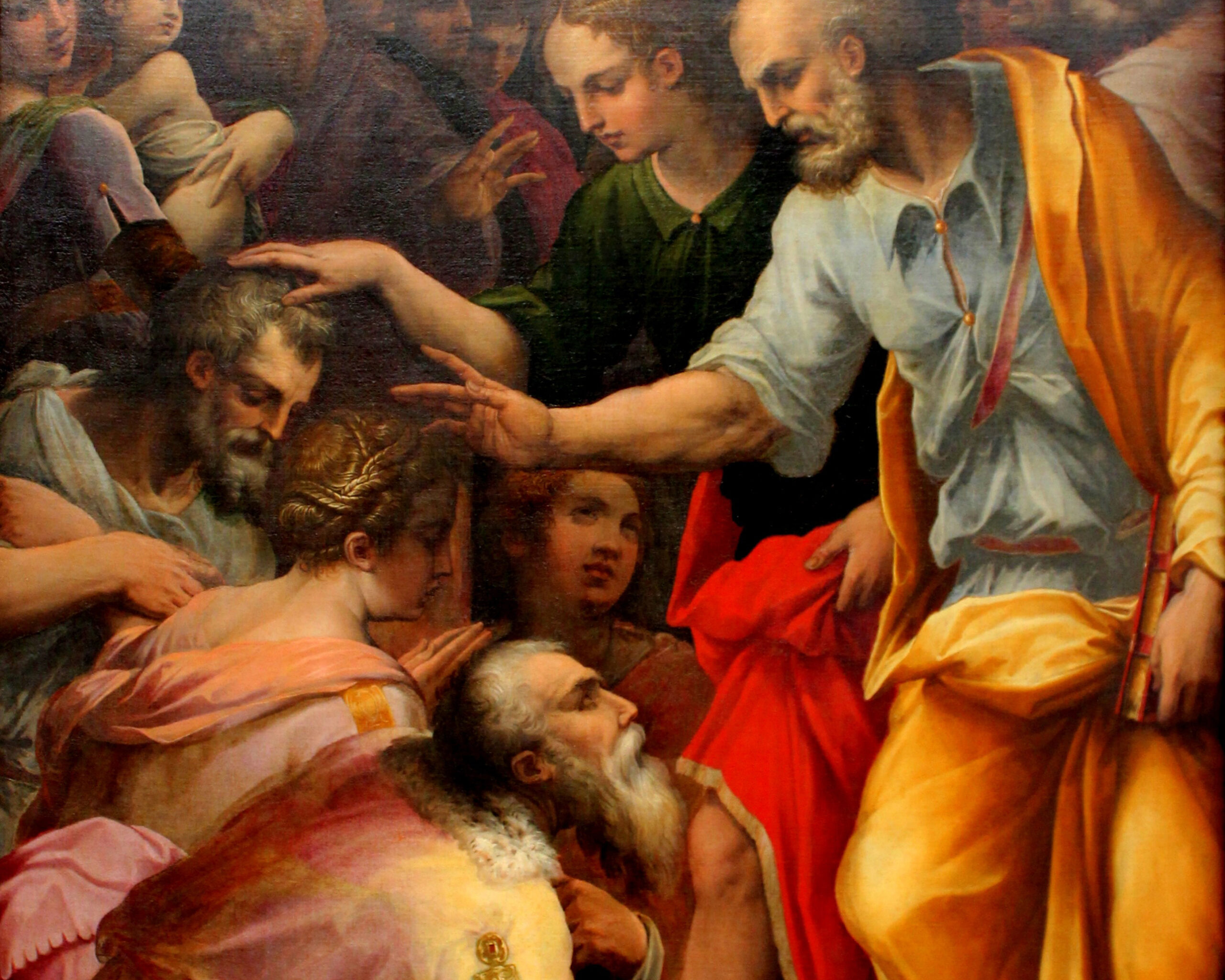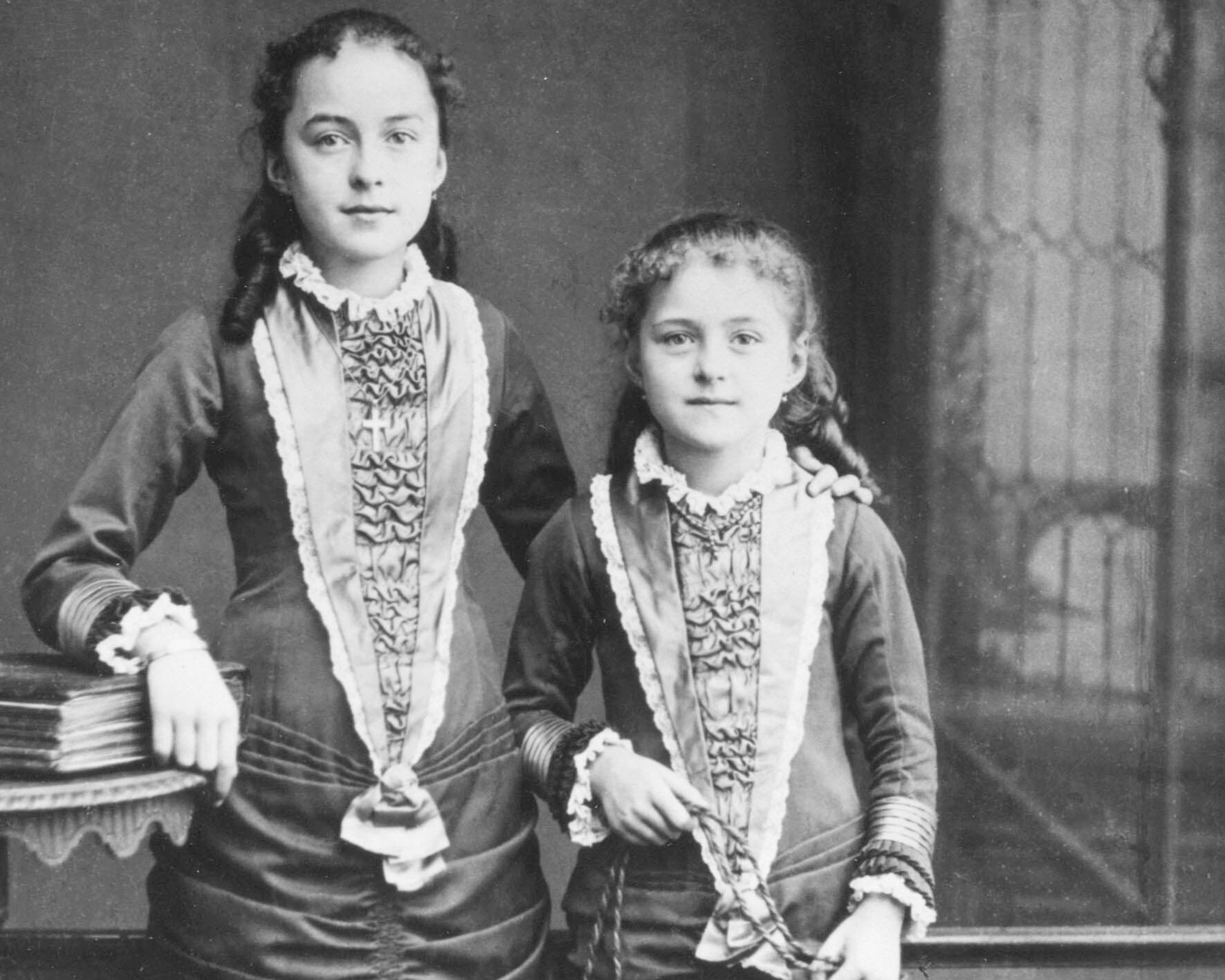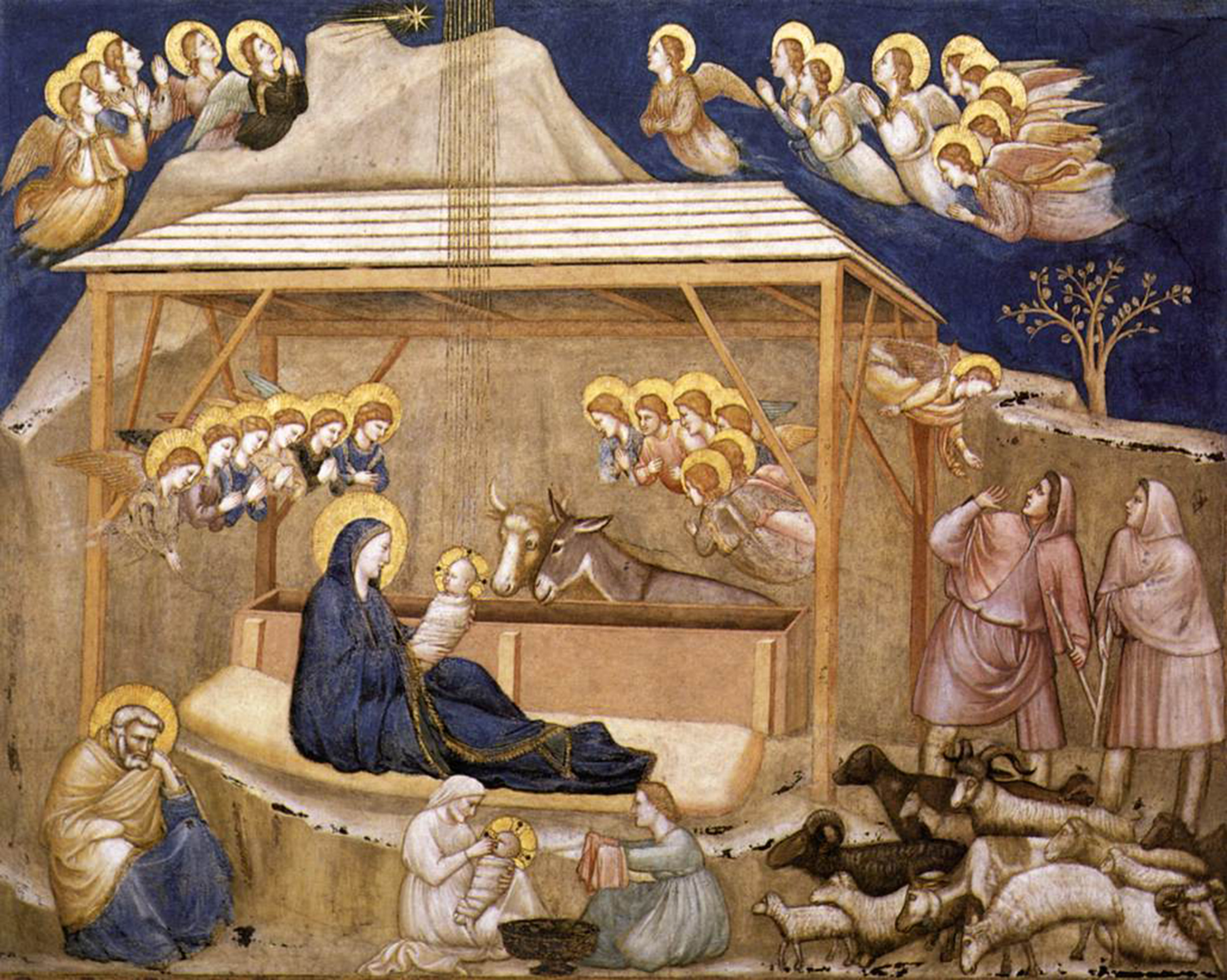Released in November 1990, in time for the Thanksgiving and holiday theater-rush, the film Home Alone became an instant Christmas classic. It was a box-office smash, grossing nearly a half-billion dollars in receipts worldwide. It received numerous accolades, with Academy Award and Golden Globe nominations. Its main star, Macaulay Culkin, became a household name.
The film stars Culkin as “Kevin,” the kid left home alone, as well as Catherine O’Hara and John Heard as Kevin’s mom and dad, Joe Pesci and Daniel Stern as the hilarious burglar duo, and the comedian John Candy in an especially creative role as “Gus Polinski,” the “Polka King of the Midwest.” (One of the funniest scenes is Gus’s heart-to-heart with Kevin’s mom in a U-Haul truck driving across I-80 through Pennsylvania, where he confides about once leaving his own son alone—in a funeral parlor with a corpse. “We went back at night and apparently he had been alone all day with the corpse,” he calmly tells Kevin’s mom. “He was okay though, after two, three weeks he came around and started talking again.”)
The film was directed by Chris Columbus and produced and written by John Hughes. Columbus is founder of 1492 Pictures. Raised a working-class kid in Warren, Ohio, he went on to do the hugely successful Harry Potter series. Hughes, who died unexpectedly in 2009 (age 59), was the genius behind many popular teen films of the 1980s (my era), such as Sixteen Candles, Pretty in Pink, The Breakfast Club, Ferris Bueller’s Day Off, and the various National Lampoon’s vacation movies.
Also noteworthy, Home Alone featured the work of the greatest modern American film composer, John Williams. Williams received the Academy Award for Best Original Score, including Best Original Song, the wonderful, “Somewhere in My Memory.”
My family rewatches Home Alone every Christmas. It’s a rare modern movie that the entire family can safely watch and that everyone, from five years old to fifty years old, can laugh at. It works for kids and adults alike.
And yet, what strikes me every time I watch the film are the Catholic-Christian elements and themes, some of them clear, others more subtle. To be sure, one wouldn’t assert that Home Alone is a Catholic film, but these elements and themes are undeniable.
The first clear indication of that comes with the first time that Kevin is out and about after being left home. Fleeing in fright from the burglars with whom he’ll have an epic home-invasion encounter later, he finds refuge in, of all places, a manger. He hides in a large creche outside a church, where he dons the cape not of some superhero but a shepherd. He’s protected.
“Maybe he went in the church,” speculates one of the burglars looking for Kevin from his van window.
“I’m not going in there!” responds the other, tellingly.
“Me neither,” concedes his partner in crime.
The church is not a place for the two bad guys. They refuse to darken that door.
The next time that Kevin is threatened in the film, he finds refuge again at the church, this time inside—in a pivot point in the story.
As Kevin walks in, we get a revealing look at the inside of the church. The actual physical building used for the church scenes was two churches: the exterior is Trinity United Methodist Church in Wilmette, Illinois, and the interior is Grace Episcopal Church in Oak Park. But inside, the church clearly seems to have been made to represent a Catholic parish. Among the statues seems to be one of Saint Francis, who, of course, is uniquely associated with Christmas and the creche.
Most important is what happens inside. Kevin unexpectedly comes face to face with the scary old man who lives next door, who Kevin’s nasty brother “Buzz” (Devin Ratray) has convinced him is a closet serial killer. The man, named “Marley,” and played excellently by Roberts Blossom, here inside the church softens and reveals himself to be just the opposite of a killer.
This is one of the most poignant scenes in the movie. Kevin entered the sanctuary to the comforting sounds of a children’s choir rehearsing “O Holy Night:”
Fall on your knees, O hear the angel voices!
O night divine, O night when Christ was born,
O night divine!
Kevin passes St. Francis and other symbols of Christmas. He takes a seat in a pew. Suddenly, he’s struck by the sight of the approaching old neighbor, who isn’t scary anymore.
“Merry Christmas,” the neighbor warmly greets the boy, gentlemanly asking: “May I sit down?”
Kevin agrees, not afraid anymore. He talks, opens up. He tells the old man that he’s feeling bad.
“Well,” says the neighbor, looking around at the church environs, “this is the place to be if you’re feeling bad about yourself.”
The two have a heart to heart about families and loving your family. The old man says he doesn’t feel welcome: “I’m not welcome.”
“At a church?” asks Kevin incredulously.
No, corrects the man, “we’re all welcome at church.”
The problem, he explains, is his severed relationship with his son, whose daughter the old man is watching in the choir. The son has cut him off, or so he thinks. The old man and little boy wander off into a discourse about Kevin’s childish fear of the groaning furnace in his basement.
“What’s your point?” the old man interrupts.
“You should call your son,” Kevin explains succinctly.
Thanks to this pivotal conversation, the old man will eventually do just that. Though we don’t learn that until the final scene.
“It was nice talking to you,” says the old man, who has taught Kevin not to live in his fears, and vice versa.
“Nice talking to you,” replies Kevin.
“Merry Christmas,” says the old man again.
All throughout the conversation the choir sings.
After this apparent preparation, Kevin goes home and readies for battle: “This is my house,” he announces, “and I have to defend it.” He lays out a literal battle plan, drawn up on paper. Once that is in place, he sits down for a meal between two golden angel figurines, makes the sign of the cross, says grace, and then heads into combat.
What commences is one of the most entertaining kid-versus-bad-guys action scenes ever pulled off on film, with Kevin brutally but still humorously torching (sometimes literally) the Joe Pesci and Daniel Stern characters. Nonetheless, despite his victories, the bad guys make a move and succeed in capturing Kevin. Now he’s done, headed for the gallows. But then very unexpectedly, the old man appears with his shovel and clocks both bandits on the head.
The police come, haul the bad guys away, and the day (and Christmas at Kevin’s house) is saved.
When Kevin awakes the next morning, his mom walks in the door. She greets him, but something seems to be missing. This a moment that needs repentance, forgiveness to be asked. After saying, “Merry Christmas, sweetheart,” she pauses and utters the key words, “Oh, Kevin, I’m so sorry.”
With that act of contrition, Kevin smiles, glows, and rushes to her arms. As they embrace, the entire family walks through the front door.
But that’s not the only moment of forgiveness and reconciliation. The final scene is quite touching. Kevin looks out the window and sees his neighbor, the old man, embracing his family as well—that granddaughter and daughter-in-law and estranged son. He must have taken Kevin’s advice in the church. He reached out to his son and reconciled. Kevin smiles and waves to him from the window.
Yes, it brings tears to your eyes.
And yet, that’s not the last image of the film. The camera closes with an image blurred and easy to miss. You have to watch carefully for it. As the film focuses on Kevin and zooms closer, there’s a background image of a cross over his left shoulder, above the mantle. It’s so subtle that it’s easy to miss. For secular audiences, it had to be subtle, one supposes. Nonetheless, there it is.
The cross is the film’s final image. And of course, the cross is also the final image in the earthly life of Christ, born as a little boy in a manger at Christmas, away from his home.
Was this intentional by the filmmakers? I don’t see how it couldn’t be.
Who was responsible for it? Chris Columbus? John Hughes? I don’t know.
Again, to be clear, none of this seems enough to dub Home Alone a Catholic or Christian film. However, there appear to be some unmistakable Catholic-Christian elements and themes. Give it a watch and think about it a deeper level. I’m sure I haven’t here identified everything.
Home Alone seems to be more than some 1990 action-comedy. Of course, it is about Christmas. Maybe it’s more about Christmas than we’ve realized.
Used with permission from the author.


